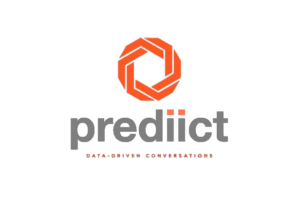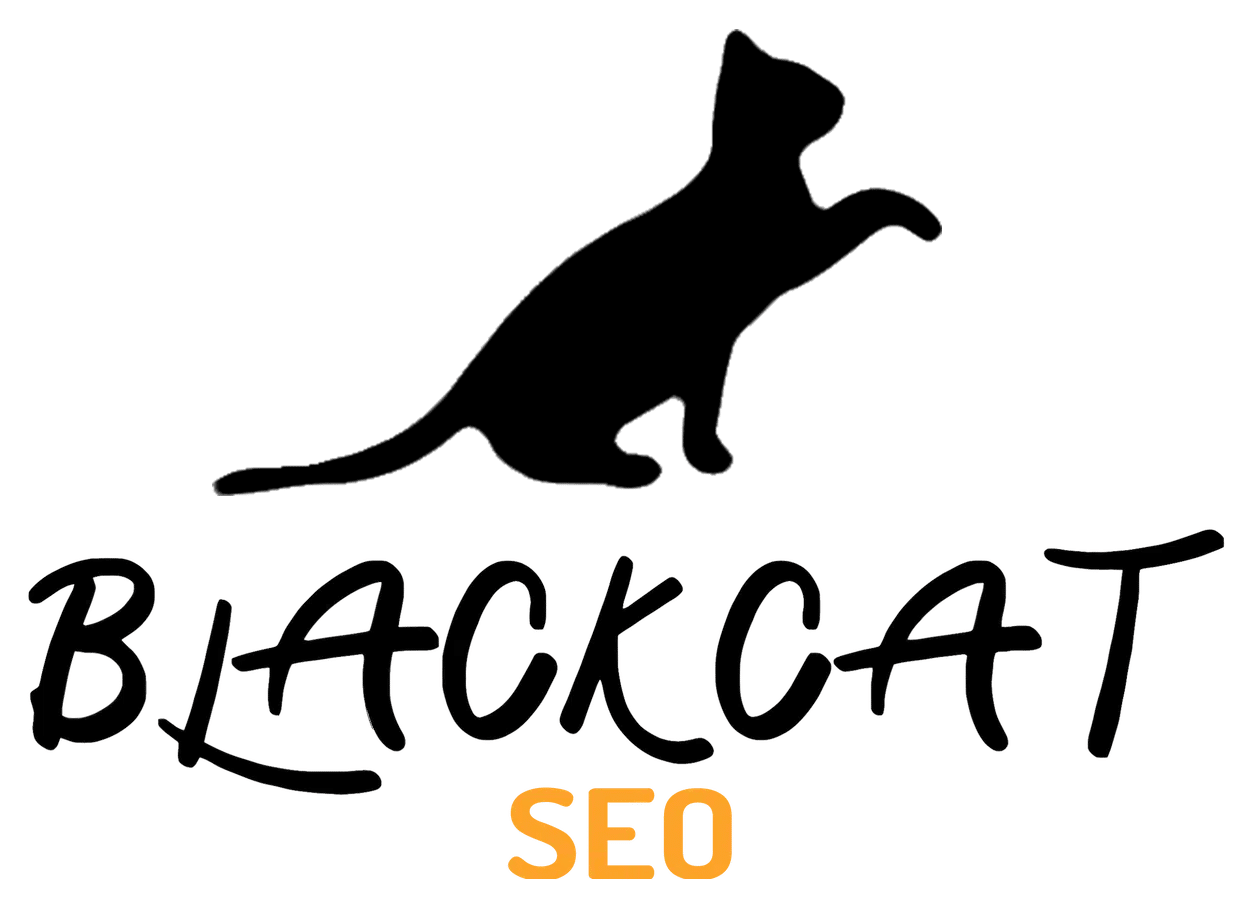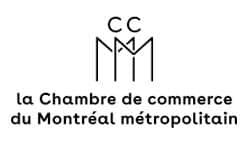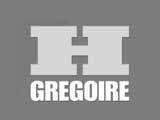SEO Agency in Montreal
The SEO and SEO agency in Montreal
Are you looking for a trusted and experienced SEO agency for your visibility and web strategy? For more than 10 years, our passionate experts have been helping your website shine in front of your web audience in Montreal and Quebec.
Our SEO agency in Montreal is proud to offer state-of-the-art personalized strategies, in order to propel our clients to the top of the search results, with concrete results. Our customers have trusted us for years; So we know that our SEO methods are affordable, effective, and ethical. Whether it’s web referencing, web design, paid advertising or SEM management, or technical and semantic audits, our experts are at the cutting edge of knowledge to support you, in the long term, in your online growth.
State-of-the-art SEO and Exclusive SEO Tools
 Our SEO agency in Montreal is only made up of experts in web, organic, and paid SEO. We have a passionate team, and unique tools, developed in-house, such as Prediict – which benefit our customers. Our SEO method is empirical, pragmatic – and uses the latest technology
Our SEO agency in Montreal is only made up of experts in web, organic, and paid SEO. We have a passionate team, and unique tools, developed in-house, such as Prediict – which benefit our customers. Our SEO method is empirical, pragmatic – and uses the latest technology
It is said that ‘The art of improving the perceived relevance of a website, by search engines, without resorting to paid advertising, is called ‘Search Engine Optimization’, or SEO. Naturally, organic SEO is the main axis to generate qualified, sustainable and free organic traffic, for most merchants, on classic search engines.
Our agency prides itself on positioning its clients in front of their client’s search intentions – as such, our approach to web marketing is responsible, and only answers existing questions. Consulting with organic or paid SEO experts, or training in SEO, often pays off over YEARS! By optimizing your online presence with a reputable agency, you can create a solid asset that adds value to your business website and decreases your reliance on paid advertising, by being in the RIGHT places, for years to come…
BlackCat SEO Montreal celebrates 10 years of SEO in Montreal!
The BlackCat SEO label
We optimize content marketing for your SME and its traffic. The SEO strategy is built ‘tailor-made’. We do referencing for your audience
From tangential content to technical aspects, our SEO agency in Montreal builds a site benefiting from best practices. You stay in control of everything.
We accentuate local backlinks, has strong authority for organic SEO and local SEO. Media publications, PR, etc.
The code, content, structure – are optimized on your site to not lose any traffic. And above all: speed and web performance! Nothing escapes our experts.
Increased traffic and conversion – increased sales and revenues. We analyze vital data beyond SEO. Our agency in Montreal is with you.

































